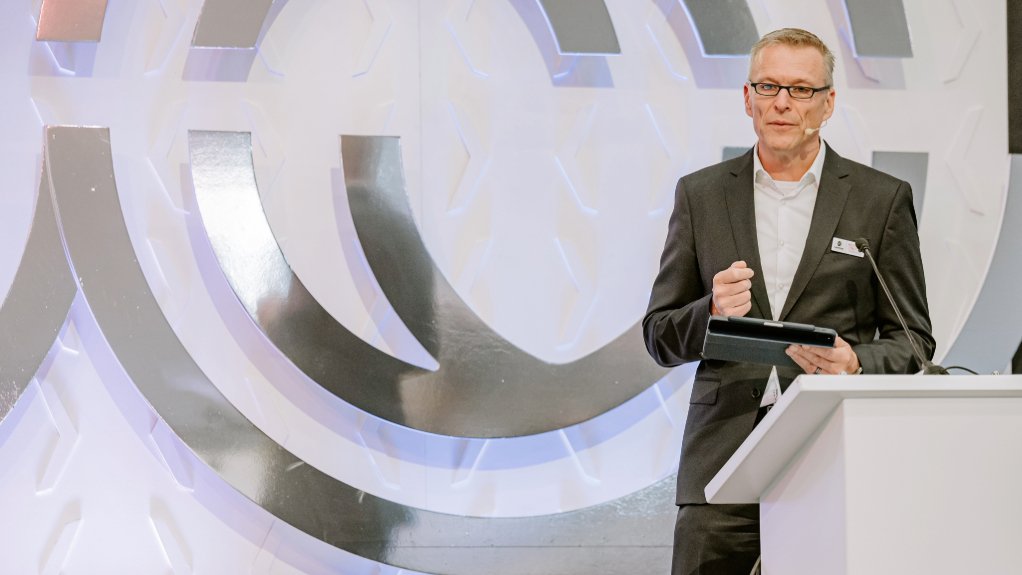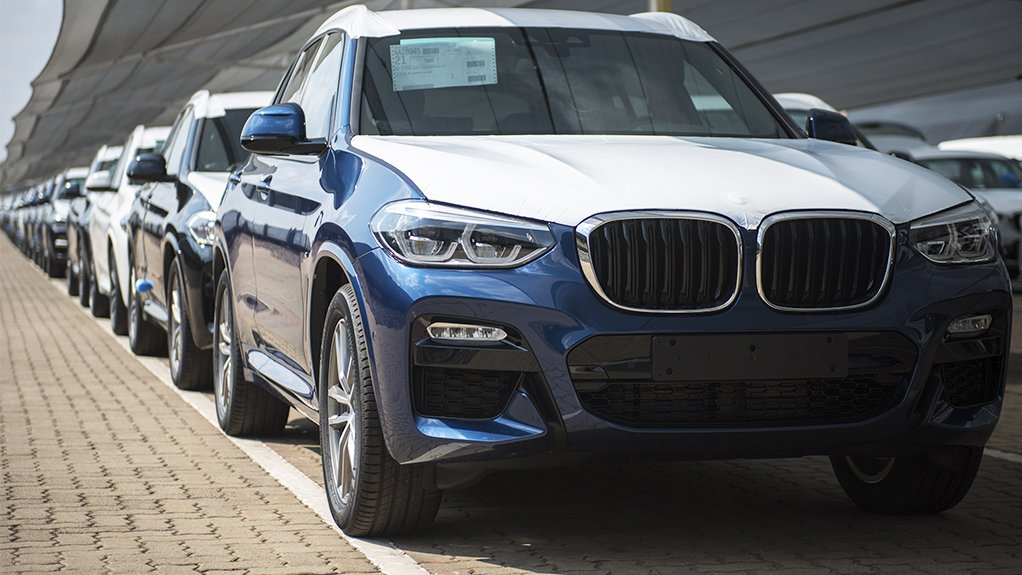New-vehicle exports from South Africa were down 9.2% for the first half of the year compared with the same six months last year, says naamsa | The Automotive Business Council president Billy Tom.
This follows a new record, set last year, at 399 594 new vehicles exported. Three-quarters of South Africa’s new-vehicle exports were destined for Europe and the UK.
Tom spoke at the South African Automotive Week 2024, held in Cape Town this week.
Some of the decline in exports could be linked to model changes, such as the new X3 only rolling off the assembly line at BMW’s Pretoria plant this month, with overseas customers opting to rather wait for the new-look vehicle.
However, the softening in South Africa’s export markets could also be linked to some key economies facing slow or no economic growth.
European markets also faced an influx of Chinese imported vehicles, similar to South Africa, with some consumers opting for a cheaper alternative to a traditional Korean, Japanese or Western vehicle.
naamsa Original-Equipment Manufacturers VP Peter van Binsbergen – also BMW Group South Africa boss – said these events had impacted not only South Africa’s exports to these markets, but also local vehicle production, with production also down 9.2% for the first six months of the year.
Around two out of three vehicles made in South Africa were destined for the export market.
“It is good to have a large customer base in Europe. However, the downside is that developments in this region have a direct and measurable impact on our industry," said Van Binsbergen.
“This means we need to work together – government, labour and industry – to ensure we attract the maximum production allocation to our factories here in South Africa.
“We need to do everything we can to be the first choice when it comes to production allocation and that is largely in our hands here in South Africa.”
Parent companies, such as Germany’s BMW and the US’s Ford, would typically allocate a certain model’s production to a plant in its global production network based on that plant’s global competitiveness and efficiency.
naamsa immediate past president Neale Hill noted that SA Inc’s performance still required improvement in some areas, with electricity stability a major issue in the Eastern Cape, which housed a number of automotive plants, such as Volkswagen and Isuzu.
“It remains a competitive environment. We need agile and nimble policy support, and we need to think about the efficiency of our infrastructure – our ports and rail network.”
Van Binsbergen added that South Africa’s bilateral trade agreements were also key in safeguarding and/or growing domestic auto production and exports – such as the US’s African Growth and Opportunity Act – while there existed “massive potential” within the African Continental Free Trade Agreement.
As for the influx of Chinese imports into the local market, he noted that the South African government had to incentivise these brands to set up production facilities in South Africa, as it had done with existing manufacturers.
DRIVETRAIN CONUNDRUM
Some of Europe’s struggles revolved around the question of the future drivetrain make-up of this market, especially the proposed 2035 ban on internal combustion engines, said Van Binsbergen.
He said there had been a notable drop in demand for battery electric vehicles (BEVs) in Europe this year after governments reduced their incentives for these vehicles, while demand for hybrids remained surprisingly robust.
According to EU sales reports, Europe’s BEV market share reduced from 19% to 13% year-to-date in 2024, with the plug-in hybrid (PHEV) market share remaining constant, at 6%.
Only traditional hybrids showed strong growth to date this year, reaching a 30% share of the European market.
“This means it is important for the South African automotive industry that hybrids are not excluded from the drive to localise new-energy vehicles (NEVs),” warned Van Binsbergen.
This was especially relevant as the NEV White Paper released last year targeted only local BEV production.
This White Paper set out the policy goals and actions that government would take to support the transition towards NEV production in South Africa.
To date, only BMW, Mercedes-Benz and Toyota produced hybrids and PHEVs at their South African plants, with Ford to follow in 2025. There was no BEV production.
Van Binsbergen noted that hybrids, including PHEVs, were highly relevant in futureproofing South Africa’s local vehicle production base.
“This means that for us to remain relevant in global production networks there needs to be a good balance between PHEV and hybrid production capabilities in South Africa.
“We need a plan to identify the policy changes needed to stimulate NEV production and sales here in South Africa.”
While the numbers remained rather miniscule, hybrid sales in South Africa in 2024 had grown by 121% to date, PHEV sales by 85% and BEV sales by 48%.
“As we have seen this year, there is still uncertainty regarding the drivetrain mix in Europe’s future,” said Van Binsbergen.
“To make our production base future-proof, we need to ensure that we are able to have production flexibility at our plants here in South Africa.
“That has a lot to do with the policy framework. The US and Europe have a clear drive to localisation, and we need one too.”
Edited by: Creamer Media Reporter
EMAIL THIS ARTICLE SAVE THIS ARTICLE
ARTICLE ENQUIRY
To subscribe email subscriptions@creamermedia.co.za or click here
To advertise email advertising@creamermedia.co.za or click here















